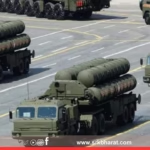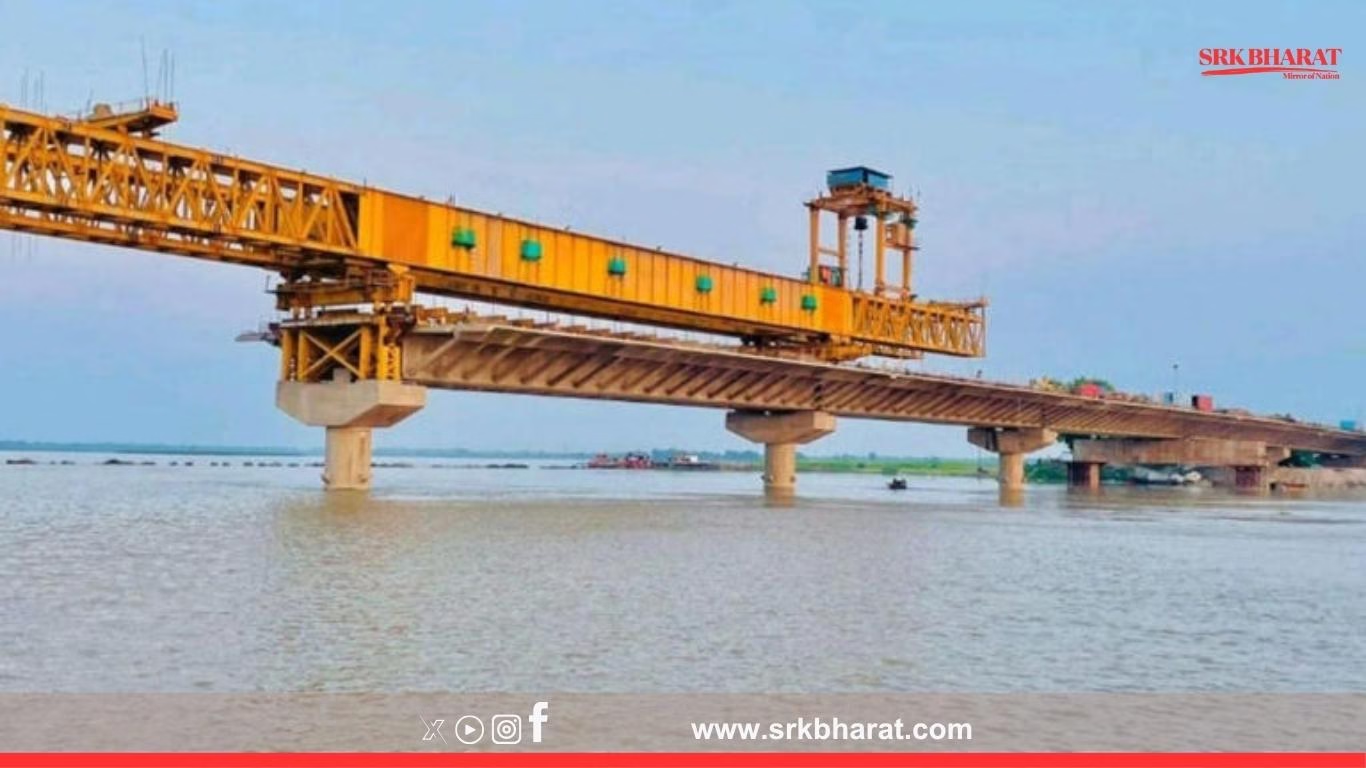In what is being described as one of the most dangerous escalations in South Asia’s volatile security equation in recent years, India’s precision strike using the BrahMos supersonic cruise missile on Pakistan’s strategic Nur Khan Airbase near Islamabad has brought the two nuclear-armed neighbours to the brink of a full-scale conflict. While diplomatic backchannels are working to stabilise tensions, analysts warn the episode has fundamentally altered deterrence dynamics in the subcontinent.
What Triggered The BrahMos Strike?
According to Indian defence officials, the operation was a retaliatory counter-force strike after a series of cross-border drone and rocket attacks on Indian Army installations in Jammu and Punjab sectors last week, allegedly orchestrated by Pakistan-based terror groups with tacit ISI support.
India’s National Security Advisor Ajit Doval chaired a high-level strategic review with the Cabinet Committee on Security, following which the order was given to launch a calibrated, “punitive yet controlled precision strike” to target critical Pakistani air assets without civilian casualties.
Why Nur Khan Airbase Was Targeted
Nur Khan Airbase, formerly Chaklala Airbase, is located in Rawalpindi near Islamabad and serves as:
- Headquarters of Pakistan Air Force’s Air Transport fleet
- Logistics hub for military and VVIP movements
- Dual-use airbase capable of rapid fighter and missile deployments
Targeting Nur Khan sent a strategic message to Pakistan’s military leadership by demonstrating India’s capacity to neutralise core operational bases even in the heart of Punjab province.
Details Of The Strike
Indian Air Force launched a BrahMos land-attack variant from its Sukhoi Su-30MKI platform in Punjab airspace. Key features of the operation included:
| Parameter | Details |
|---|---|
| Missile type | BrahMos air-launched supersonic cruise missile |
| Speed | Mach 2.8 – Mach 3.0 |
| Range | ~400 km (extended variant) |
| Warhead | Precision penetrator warhead (non-nuclear) |
| Target | Aircraft shelters and logistics warehouses |
| Outcome | Two transport aircraft damaged; runway temporarily disabled; no civilian casualties |
Pakistan’s Reaction
Pakistan Air Force scrambled F-16 and JF-17 fighters but failed to intercept the missile, triggering panic in Rawalpindi-Islamabad air corridors. The Pakistani military described the strike as:
“An unprovoked act of aggression violating international norms with grave escalatory implications.”
The Pakistani Prime Minister convened the National Command Authority (NCA) to review response options, including redeployment of Shaheen-III and Ababeel missile units as a show of force.
Immediate Aftermath – Diplomatic And Military
- High Alert On Both Sides: Indian and Pakistani Air Forces remain on operational readiness with air defence systems fully activated along the border.
- Global Diplomatic Outreach: The US, Russia, and UAE have initiated urgent backchannel communications to prevent further escalation.
- Pakistan Lodges Complaint At UNSC: Islamabad has demanded condemnation and sanctions against India citing violation of its territorial sovereignty.
Strategic Significance Of The BrahMos Strike
| Aspect | Implication |
|---|---|
| Speed & Precision | Demonstrated India’s capability for deep, swift, and accurate strikes within Pakistani heartland |
| Deterrence Posture | Strengthened India’s credibility of punitive retaliation doctrine |
| Military Confidence | Boosted Indian Air Force’s operational morale amid continued border tensions |
| Pakistani Vulnerability | Exposed gaps in Pakistan’s layered air defence, triggering reviews of Chinese-supplied HQ-9 and LY-80 deployments |
Experts Warn Of Nuclear Brinkmanship
South Asia security analysts caution that such direct strikes carry high risks of unintended escalation:
- Prof. Happymon Jacob (JNU):
“India has shown resolve, but Pakistan may respond asymmetrically. Both sides must initiate urgent de-escalatory dialogue.” - Michael Kugelman (Wilson Center):
“This is a dangerous crossing of the red line. While India kept the strike non-nuclear, Pakistani retaliation could trigger a ladder of escalation.”
Comparison With Previous Escalations
| Year | Incident | Response | Outcome |
|---|---|---|---|
| 1999 | Kargil War | Indian military offensive | Limited conflict under nuclear shadow |
| 2016 | Uri attack | Indian surgical strikes | Tactical success, diplomatic blowback |
| 2019 | Pulwama attack | Balakot airstrike | Aerial skirmishes, pilot capture, diplomatic de-escalation |
| 2025 | Drone terror attacks | BrahMos strike on Nur Khan Airbase | Severe escalation with strategic implications |
Pakistani Military Options Under Review
- Conventional Retaliatory Strikes: Target Indian forward bases or infrastructure using fighter jets or artillery.
- Asymmetric Proxy Escalation: Intensify support for cross-border terror groups, risking further Indian punitive actions.
- Diplomatic & Legal Channels: Focus on UN resolutions, international court cases, and global lobbying against Indian strikes.
Global Reactions
- US State Department: Called for “immediate restraint and direct bilateral dialogue to reduce military risks.”
- Russia: Urged both nations to uphold regional stability and offered mediation assistance.
- China: Expressed “serious concern over rising tensions” but reaffirmed strategic support to Pakistan under CPEC and defence ties.
Political Reactions In India
Prime Minister Narendra Modi convened the Cabinet Committee on Security again to review readiness. Defence Minister Rajnath Singh stated:
“India will continue to protect its sovereignty and citizens from external terror threats with decisive, proportionate actions.”
Opposition parties, while supporting national security objectives, urged caution to prevent uncontrolled conflict escalation.
Impact On Defence Policy And Regional Stability
The BrahMos strike marks a watershed moment in South Asian security doctrine:
- Enhanced Indian Doctrine: Validates India’s integrated theatre commands’ rapid-strike preparedness.
- Pakistani Vulnerabilities: Likely to accelerate Pakistan’s pursuit of advanced missile defence systems and hypersonic deterrents.
- Nuclear Risk: Raises risks of misinterpretation leading to potential nuclear weapon use in future escalatory spirals.
Future Scenarios
| Scenario | Possibility | Outcome |
|---|---|---|
| Controlled De-Escalation | High if global mediation succeeds | Temporary calm with enduring tensions |
| Pakistani Conventional Retaliation | Medium | Cross-border skirmishes, damage to infrastructure, potential Indian counter-strike |
| Asymmetric Proxy Escalation | High | Increased terror attacks, Indian internal security challenges |
| All-Out War | Low but catastrophic if triggered | Large-scale conventional war with nuclear risks |
Conclusion
The BrahMos strike on Nur Khan Airbase has fundamentally altered India-Pakistan deterrence equations. As both nations assess strategic costs and risks, the coming days will test diplomatic backchannels, military restraint, and political leadership in preventing a crisis from spiralling into catastrophic conflict.
Disclaimer: This news content is based on defence statements, strategic analysis, and expert views. Readers are advised to follow official government releases for real-time security updates.











